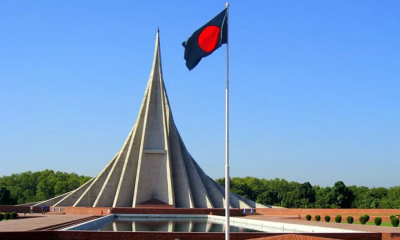After weeks of negotiations, U.S. President Joe Biden announced that Israel’s government has agreed to a ceasefire with Hezbollah. The truce, which was declared on Tuesday evening, November 26, officially began early on Wednesday morning.
However, even though the fighting has stopped, Israeli officials have warned civilians not to return to their homes right away.
The ceasefire agreement is based on the United Nations Security Council’s Resolution 1701, which was also the basis for ending the 36-day conflict between Israel and Hezbollah back in 2006.
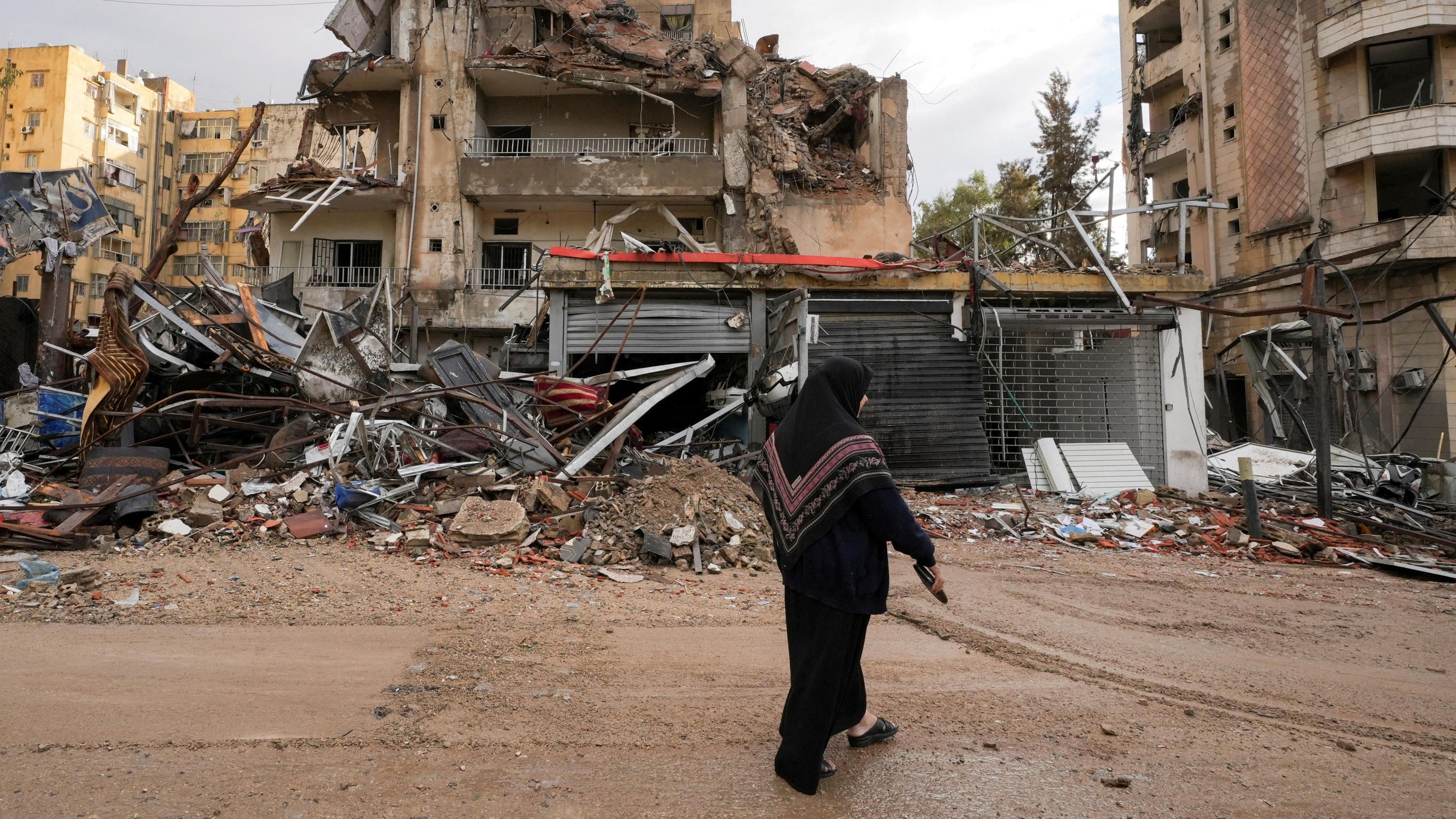
What’s in the Ceasefire Agreement?
Under the terms of the ceasefire, Israeli forces will gradually pull out of Lebanon within the next 60 days. At the same time, Hezbollah fighters will have to move north of the Litani River, keeping them about 30 kilometers away from Israel’s border.
Lebanese soldiers, alongside UN peacekeepers, will patrol the border areas to ensure Hezbollah cannot rebuild its military presence there.
According to Lebanon’s Foreign Minister Abdallah Bou Habib, the Lebanese government plans to deploy 10,000 troops to southern Lebanon, an area traditionally controlled by Hezbollah.
A joint task force will also be formed, bringing together UN peacekeepers, Israeli forces, and the Lebanese army to oversee the ceasefire. The U.S. and France will mediate these efforts, with the U.S. playing the lead role.
President Biden also noted that displaced people affected by the fighting would be allowed to return to their homes, and any violations of the ceasefire would be reported to the United States.
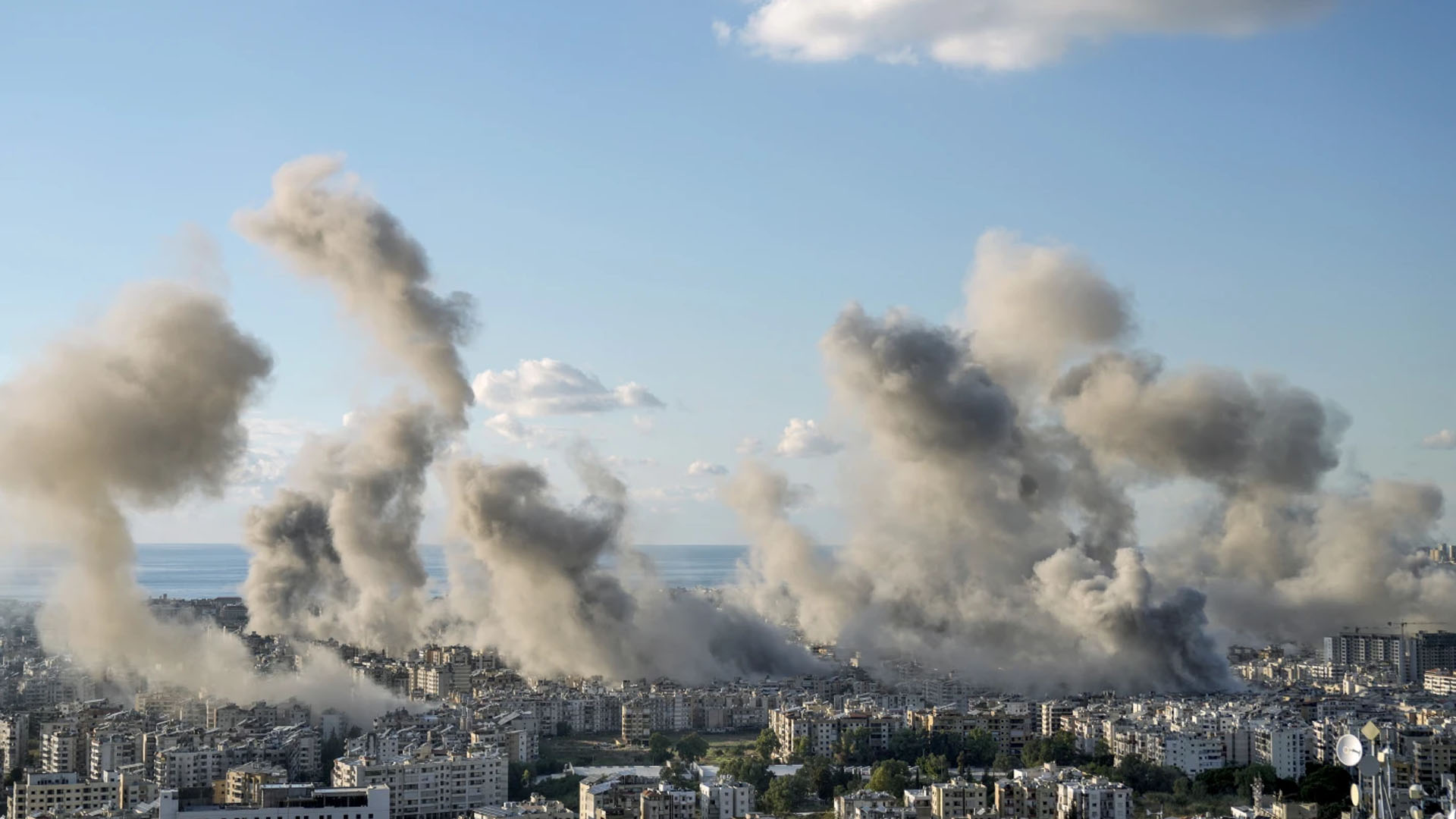
Why Did Israel Agree to the Ceasefire?
A BBC Bangla report outlined three reasons Israeli Prime Minister Benjamin Netanyahu agreed to the truce:
1. Shifting Focus to Iran: While not giving many details, Netanyahu mentioned that Israel had succeeded in damaging key parts of Iran’s air defense systems and nuclear program.
With Hezbollah considered Iran’s main line of defense, the destruction of many of Hezbollah’s missiles has shifted the military balance in Israel’s favor.
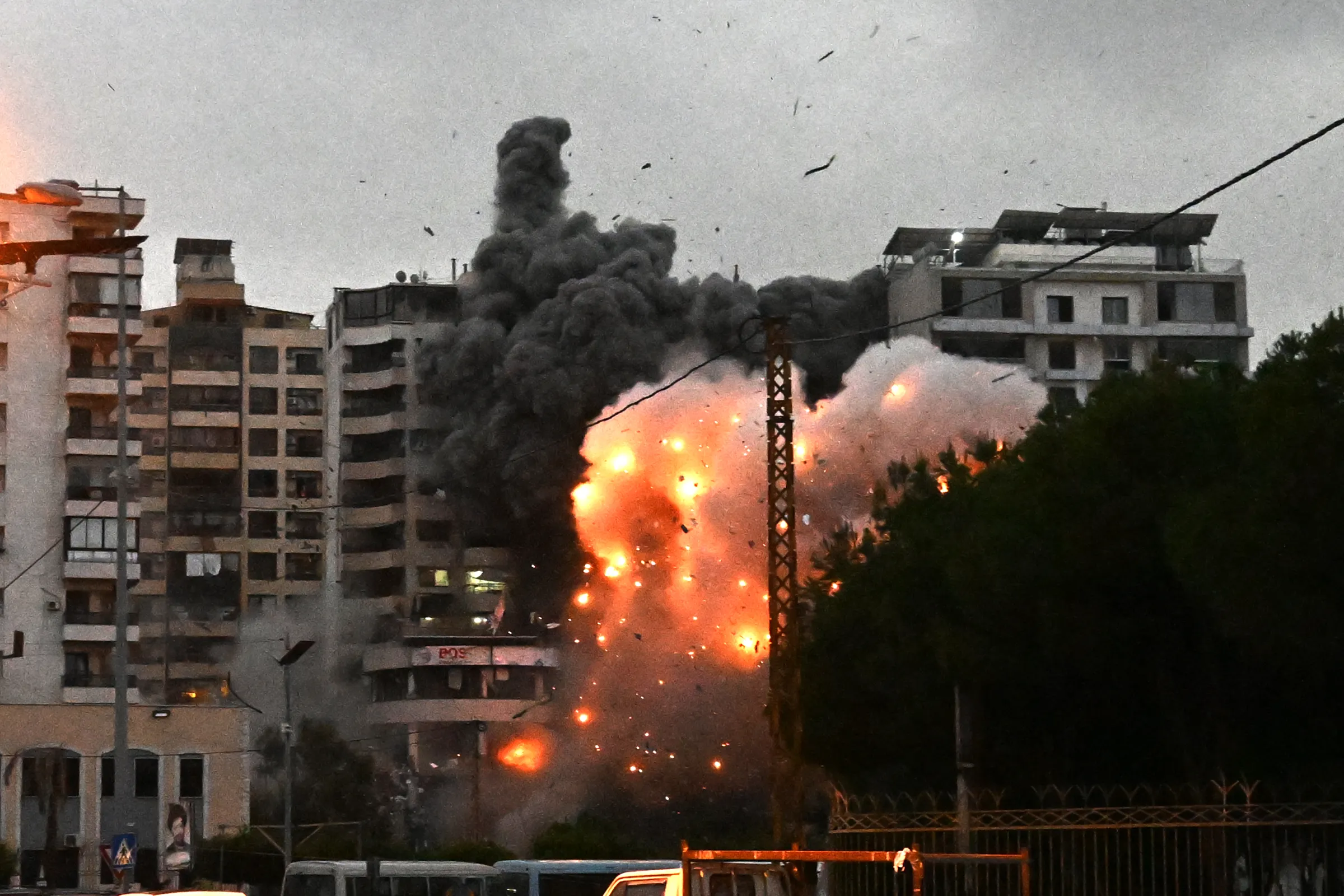
2. Allowing Time for the Israeli Military to Recover: Netanyahu stated that Israel’s military needed a break to rest and replenish supplies.
Military experts have pointed out that Israel was not ready for prolonged fights on multiple fronts.
With the fighting in Lebanon ending, Israel may now be able to send more troops to Gaza, where the conflict is still ongoing.
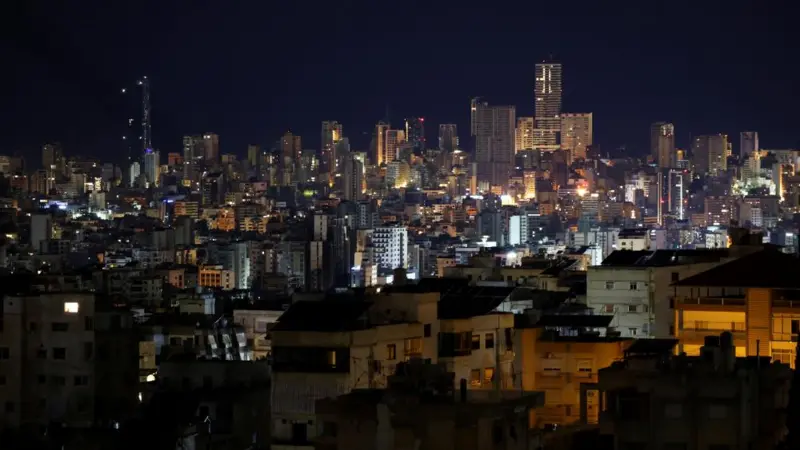
3. Isolating Hamas: Removing Hezbollah from the war increases the pressure on Hamas.
For years, Hamas believed it could rely on Iran’s allies, like Hezbollah, to join the fight against Israel.
However, Netanyahu has said that Israel’s key goal remains freeing Israeli hostages held in Gaza, though this claim has been disputed.
Families of the captives have criticized Netanyahu, accusing him of prolonging the war in Gaza and neglecting efforts to secure their release.
Continued Fighting
While Israel’s cabinet was agreeing to the ceasefire, Israeli forces continued their strikes in Lebanon right up until the truce took effect at 4 a.m. on Wednesday.
The ceasefire deal was brokered by France and the U.S., with French President Emmanuel Macron welcoming Israel’s decision.
He also expressed hope that this agreement could lead to a similar truce in Gaza, where France is also involved in peace efforts.


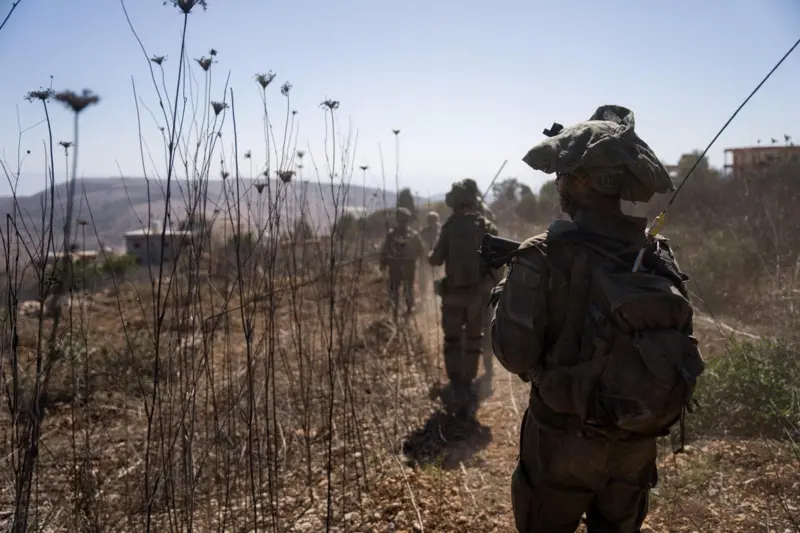






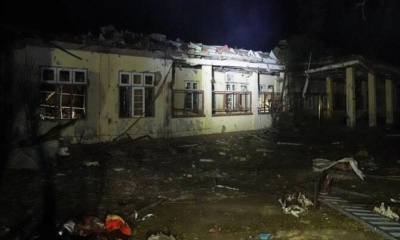
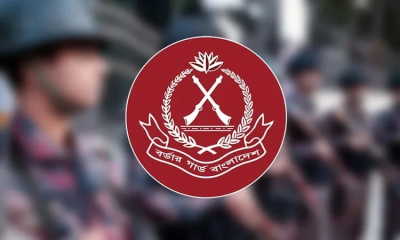

-20251219122251.jpeg)
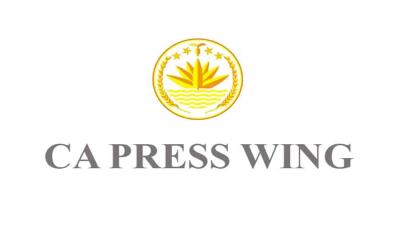
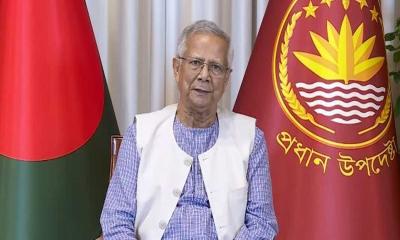


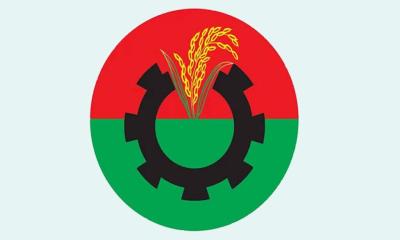

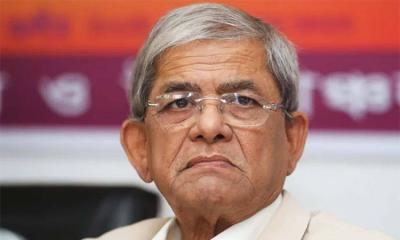




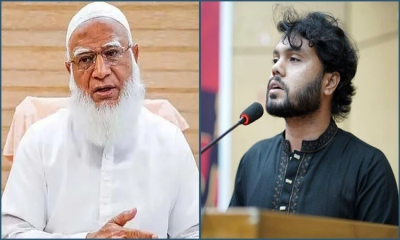


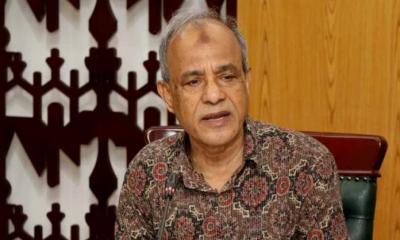




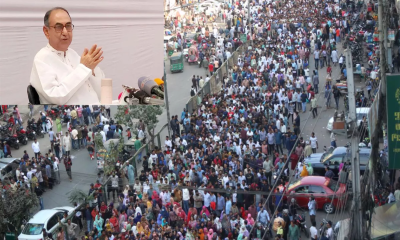
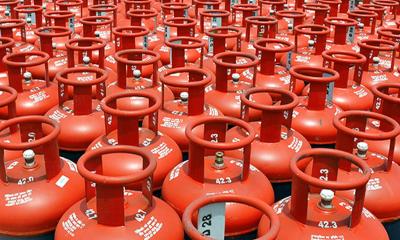

-20251216090625.jpeg)
-20251218165258.jpeg)

